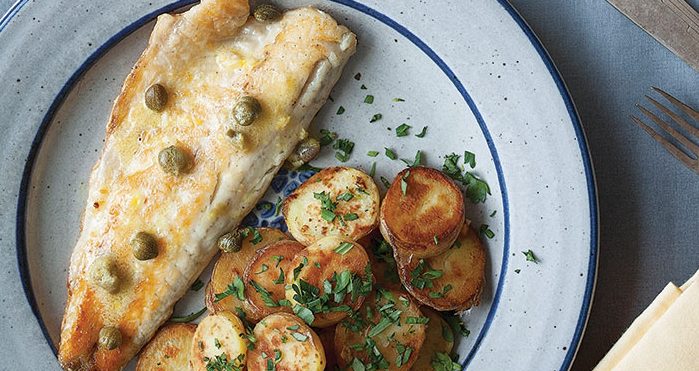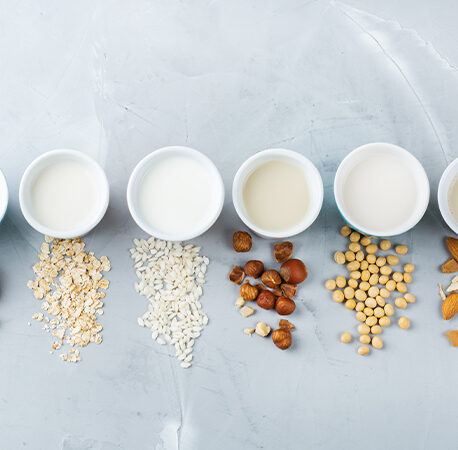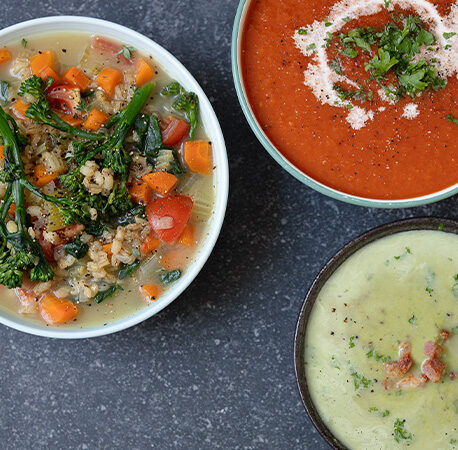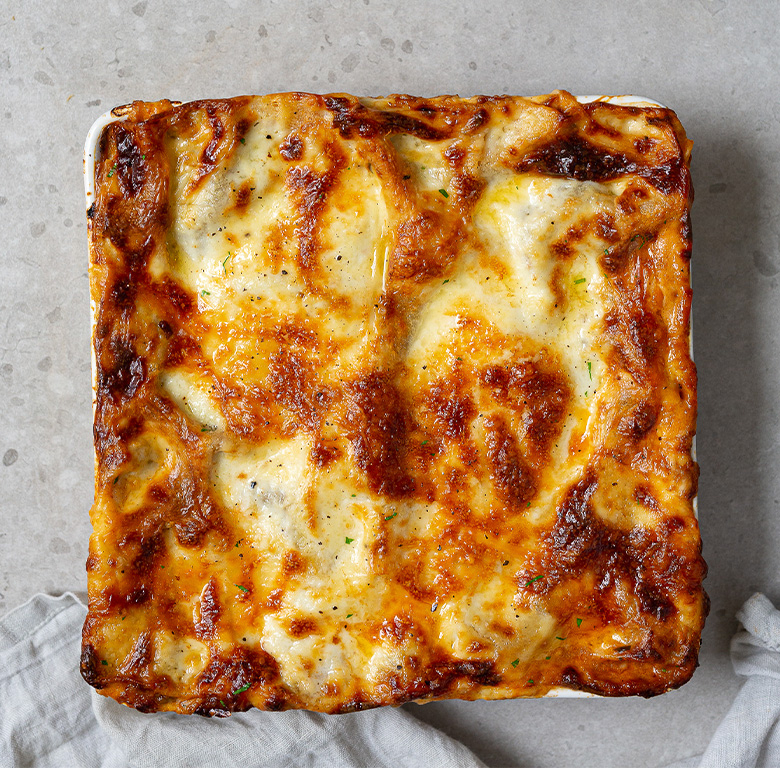What are capers?
- The caper is a plant native to the Mediterranean. Capers are the green, pea-sized unripened buds of the plant, which are picked, dried in the sun and then pickled in vinegar, brine, wine or salt. Capers appear throughout Middle Eastern, North African and Mediterranean cuisines, and are popular in Italian and Sicilian cooking.
Are they the same thing as caperberries?
- Not exactly. When the immature buds are not picked, they eventually develop into the caperberry fruit. These are much larger, around the size of an olive, with a long stem like that of a cherry, and have very small seeds inside. These can be pickled and used as a garnish for fish dishes or cocktails like Bloody Marys or martinis.
What do they taste like?
- Capers have a tangy, salty, slightly lemony flavour, similar to green olives.
What dishes can I use them in?
- Capers are a star ingredient in Italian dishes like chicken piccata, spaghetti puttanesca and other pasta dishes.
- In France, you’ll find them in lemon butter sauces for fish, and in Spain they feature in several types of tapas.
- In the US, capers add a touch of acid to New York bagels with smoked salmon and cream cheese.
- In short, capers are an easy way to add a burst of acidic brightness to a recipe.
- They’re best-known for their partnership with fish, and are one of the key ingredients in a traditional tartare sauce. Try adding them to a lemon butter sauce for pan-fried white fish, or sauté them with some cherry tomatoes and serve over tuna steaks.
- Add them to potato salads; chop them finely and add to a vinaigrette; or use as a pizza topping. Capers pair especially well with lemon, which complements their natural flavour.
How do I use capers?
- Due to their strong taste, it’s best to use capers sparingly so that they don’t overwhelm the flavours of the finished dish.
- Capers are ready to use out of the jar. Depending on the recipe, you may be advised to rinse the capers before adding them, in order to remove some of the salt or vinegar. Blot them dry with kitchen paper after rinsing.
- Some recipes may call for the capers to be finely chopped; however, most of the time, you can simply add them as they are.
- They’re often added towards the end of the cooking process, which allows them to keep their shape and maintain their signature taste.
Just getting started? Try this easy sea bass recipe with lemon caper dressing and sautéed potatoes.







You have to be signed in to comment this post.